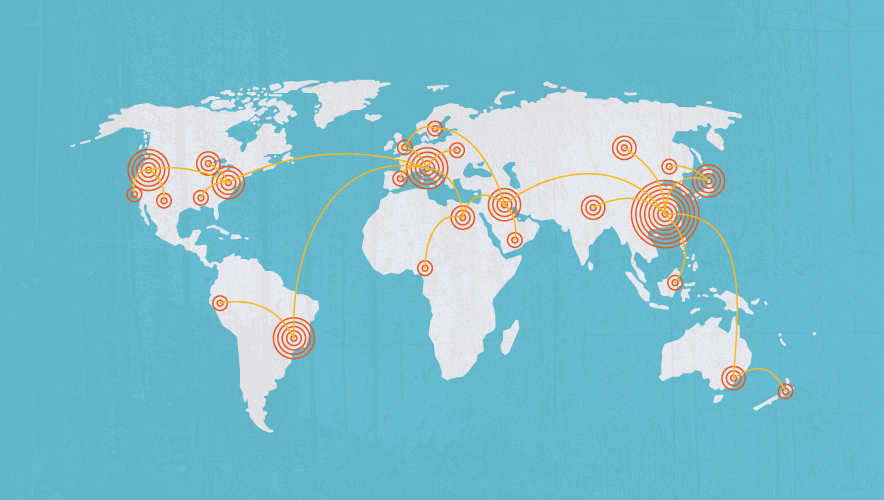Editor’s Note: Risk and Opportunity
“On the morning of 4 March 1918, a mess cook at Camp Funston in Kansas, Albert Gitchell, reported to the infirmary with a sore throat, fever, and a headache. By lunchtime the infirmary was dealing with more than a hundred similar cases, and in the weeks that followed so many reported sick that the camp’s chief medical officer requisitioned a hangar to accommodate them all.” So writes Laura Spinney in her 2017 book Pale Rider: The Spanish Flu of 1918 and How It Changed the World. “We now know, however, that his case was among the first to be officially recorded, and so by consensus—for the sake of convenience—it is generally considered to mark the beginning of the pandemic. Five hundred million others would follow Albert, metaphorically speaking, to the infirmary.”
Much of what Spinney writes seems surreal now, only a few years after the emergence of COVID-19, but some of it feels prophetic. The two pandemics are similar in some ways. The 1918 flu also had waves and troughs, evolving variants, and even caused the host’s death by cytokine storm—an overzealous immune response.
Another flu pandemic is inevitable, but whether it kills 10 million or 100 million will be determined by the world into which it emerges.
However, as Spinney points out, a pandemic “is a social phenomenon as much as it is a biological one; it cannot be separated from its historical, geographical, and cultural context.” The Spanish flu arrived in “a world that knew the motor car but was more comfortable with the mule; that believed in both quantum theory and witches; that straddled the modern and premodern eras, so that some people lived in skyscrapers and used telephones, while others lived much as their ancestors had in the Middle Ages.”
In 2020, the world was much more globally connected, speeding the spread of the virus, but also more technically advanced, so large swaths of the world could lock down and work remotely. COVID-19 also emerged in a medically advanced age, where rapid vaccine development and effective treatments enhanced traditional methods.
In 1918, the “flu resculpted human populations more radically than anything since the Black Death. It influenced the course of the First World War and, arguably, contributed to the Second. It ushered in universal healthcare and alternative medicine, our love of fresh air and our passion for sport,” Spinney writes.
One long-term change from COVID-19 may be a greater understanding of the nature of risk. Security professionals are uniquely positioned to see the downside of risk, but risk does not ride alone. Opportunities for progress can exist alongside a crisis. Erik Antons, CPP, PSP, develops this topic in his recent online exclusive article “Exploit: The Forgotten Fifth Option of Risk Management.” Security professionals often view risk only in negative terms, he notes, but in today’s complex risk landscape, organizations need a holistic risk management approach to pursue the opportunities—from supply chain enhancement to leveraging remote work—as well as manage undesirable events.
Spinney writes that “another flu pandemic is inevitable, but whether it kills 10 million or 100 million will be determined by the world into which it emerges.” Security professionals, with their understanding of risk, are a critical part of shaping that world.
Teresa Anderson
Editor-in-Chief
